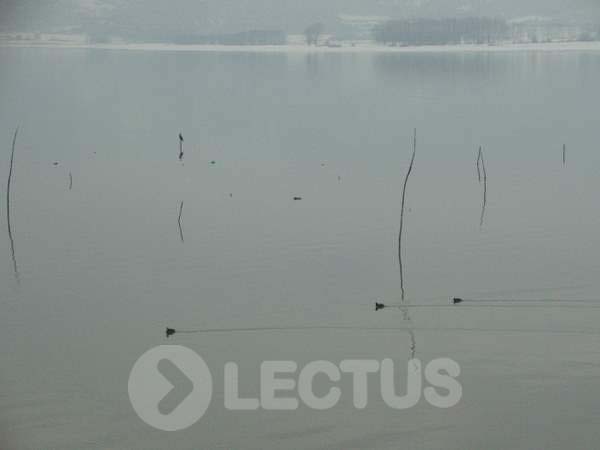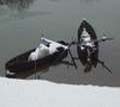
The lakes and marshes of Strymons are mentioned by the ancient historians and their richness in waterfowl, as well as dense forests, was well-known. Boars, deer, bears and bulls lived in these places, as well as lynxes and lions. Characteristic is Herodotus' reference to the attack on Xerxes's camels when he was passing by Mount Dysoros (Krousia).
The expansions of the river Strymonas, which without being able to control, constantly formed new situations in the wider basin of the area, formed to the south the lake Kerkinitis, which seems to be identified with the later lake of Achinos, and to the northwest Prassiada, which was later called Kerkini. Historians report that the Strymonas was navigable up to the city of "nine roads" today's Amphipolis, while Thracian tribes lived around the lake, which were later expelled by the Macedonians. In the wider area of the Lake, 58 species of mammals, 12 species of reptiles, 31 species of fish and over 300 species of birds have been recorded. The lake has long been the natural refuge of migratory birds and thousands of animals coexisted harmoniously in its reedbeds. A truly unrepeatable experience is the possibility of visiting the wetland by watercraft throughout the year. Perhaps the best time is from March to June, when it is possible to approach areas where herons, grebes, cormorants and cormorants nest. Also, various important monuments can be seen with special canoes, mountain bikes or even 4X4. Touring the Lake by car is easy and can be done from different starting points. Following the northern embankment, we come across the marshes of Byronia, the buffalo area, the Parydatio forest and the mouth of Strymonas in the lake. From this point we approach the eastern and southern embankment which meet, creating a triangle of unique beauty. In continuation of the eastern embankment,
Editor: Fotini Anastasopoulou
























